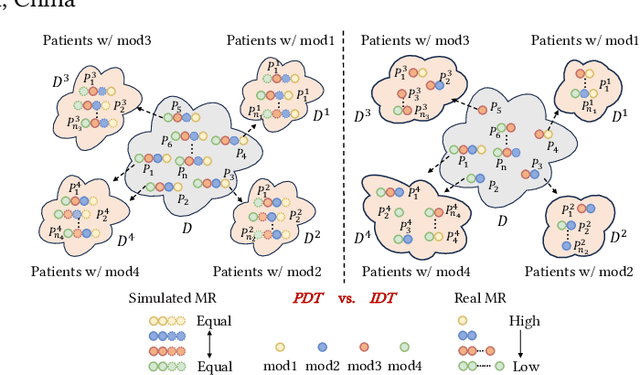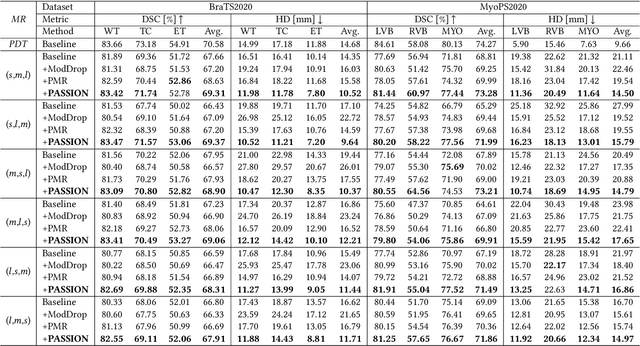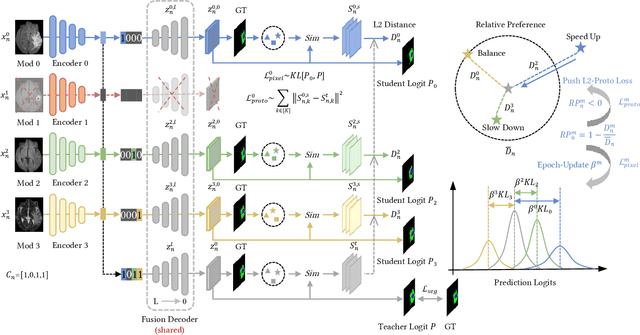Junjie Shi
School of Electronic Information and Communications, Huazhong University of Science and Technology
TCDformer-based Momentum Transfer Model for Long-term Sports Prediction
Sep 16, 2024



Abstract:Accurate sports prediction is a crucial skill for professional coaches, which can assist in developing effective training strategies and scientific competition tactics. Traditional methods often use complex mathematical statistical techniques to boost predictability, but this often is limited by dataset scale and has difficulty handling long-term predictions with variable distributions, notably underperforming when predicting point-set-game multi-level matches. To deal with this challenge, this paper proposes TM2, a TCDformer-based Momentum Transfer Model for long-term sports prediction, which encompasses a momentum encoding module and a prediction module based on momentum transfer. TM2 initially encodes momentum in large-scale unstructured time series using the local linear scaling approximation (LLSA) module. Then it decomposes the reconstructed time series with momentum transfer into trend and seasonal components. The final prediction results are derived from the additive combination of a multilayer perceptron (MLP) for predicting trend components and wavelet attention mechanisms for seasonal components. Comprehensive experimental results show that on the 2023 Wimbledon men's tournament datasets, TM2 significantly surpasses existing sports prediction models in terms of performance, reducing MSE by 61.64% and MAE by 63.64%.
PASSION: Towards Effective Incomplete Multi-Modal Medical Image Segmentation with Imbalanced Missing Rates
Jul 20, 2024



Abstract:Incomplete multi-modal image segmentation is a fundamental task in medical imaging to refine deployment efficiency when only partial modalities are available. However, the common practice that complete-modality data is visible during model training is far from realistic, as modalities can have imbalanced missing rates in clinical scenarios. In this paper, we, for the first time, formulate such a challenging setting and propose Preference-Aware Self-diStillatION (PASSION) for incomplete multi-modal medical image segmentation under imbalanced missing rates. Specifically, we first construct pixel-wise and semantic-wise self-distillation to balance the optimization objective of each modality. Then, we define relative preference to evaluate the dominance of each modality during training, based on which to design task-wise and gradient-wise regularization to balance the convergence rates of different modalities. Experimental results on two publicly available multi-modal datasets demonstrate the superiority of PASSION against existing approaches for modality balancing. More importantly, PASSION is validated to work as a plug-and-play module for consistent performance improvement across different backbones. Code is available at https://github.com/Jun-Jie-Shi/PASSION.
FedMLP: Federated Multi-Label Medical Image Classification under Task Heterogeneity
Jun 27, 2024Abstract:Cross-silo federated learning (FL) enables decentralized organizations to collaboratively train models while preserving data privacy and has made significant progress in medical image classification. One common assumption is task homogeneity where each client has access to all classes during training. However, in clinical practice, given a multi-label classification task, constrained by the level of medical knowledge and the prevalence of diseases, each institution may diagnose only partial categories, resulting in task heterogeneity. How to pursue effective multi-label medical image classification under task heterogeneity is under-explored. In this paper, we first formulate such a realistic label missing setting in the multi-label FL domain and propose a two-stage method FedMLP to combat class missing from two aspects: pseudo label tagging and global knowledge learning. The former utilizes a warmed-up model to generate class prototypes and select samples with high confidence to supplement missing labels, while the latter uses a global model as a teacher for consistency regularization to prevent forgetting missing class knowledge. Experiments on two publicly-available medical datasets validate the superiority of FedMLP against the state-of-the-art both federated semi-supervised and noisy label learning approaches under task heterogeneity. Code is available at https://github.com/szbonaldo/FedMLP.
Binaural Rendering of Ambisonic Signals by Neural Networks
Nov 04, 2022



Abstract:Binaural rendering of ambisonic signals is of broad interest to virtual reality and immersive media. Conventional methods often require manually measured Head-Related Transfer Functions (HRTFs). To address this issue, we collect a paired ambisonic-binaural dataset and propose a deep learning framework in an end-to-end manner. Experimental results show that neural networks outperform the conventional method in objective metrics and achieve comparable subjective metrics. To validate the proposed framework, we experimentally explore different settings of the input features, model structures, output features, and loss functions. Our proposed system achieves an SDR of 7.32 and MOSs of 3.83, 3.58, 3.87, 3.58 in quality, timbre, localization, and immersion dimensions.
 Add to Chrome
Add to Chrome Add to Firefox
Add to Firefox Add to Edge
Add to Edge